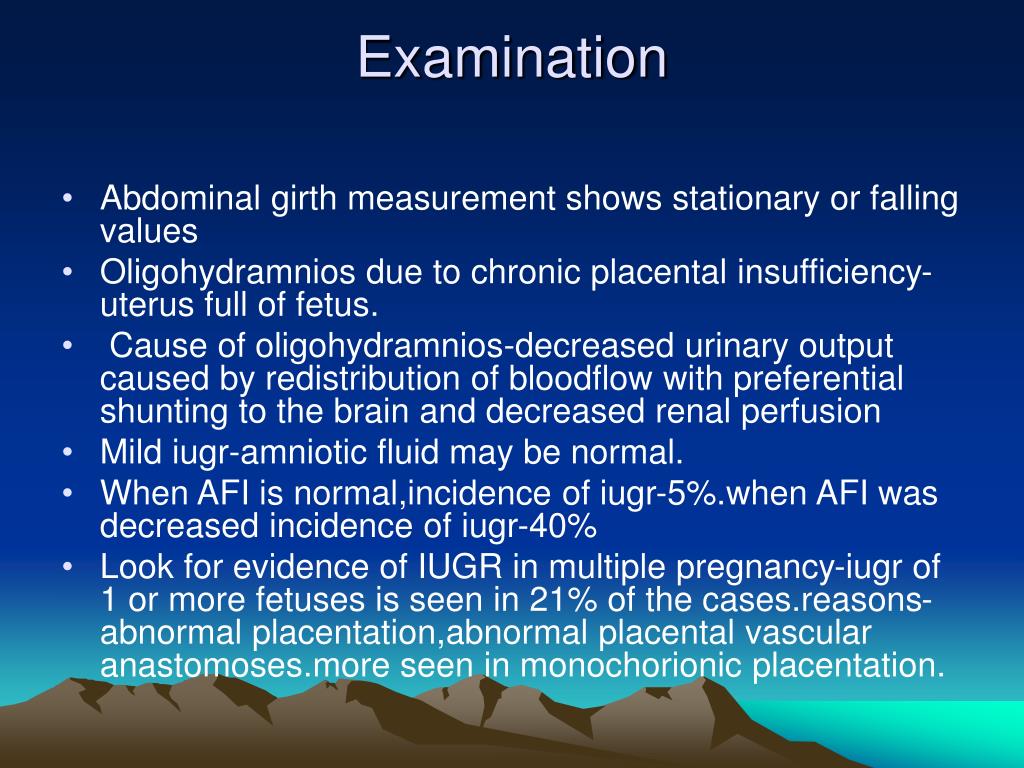

In a meta-analysis by Allison et al, patients taking clozapine (mean dose 468 mg/day) and olanzapine (mean dose 13.2 mg/day) at 10 weeks experienced weight gain from baseline of 4.45 kg and 4.15 kg, respectively. 7 TABLE 1 provides a review of the relative metabolic side effects of the SGAs. Since clozapine and olanzapine appear to have the greatest affinity for the 5-HT 2 receptor compared to other SGAs, this may partially explain why they are the worst offenders of weight gain. Medications that block the 5-HT 2 receptor have been linked to increased food intake. 6 Although the mechanism is not fully understood, the relative affinity for the 5-HT 2 receptor has been analyzed. It typically occurs within the first 4 to 12 weeks of treatment and may not reach a plateau. Weight gain associated with SGA use has been well documented in clinical trials. While the data are somewhat limited, there appears to be a relationship between the dose of clozapine and olanzapine, while aripiprazole, quetiapine, and ziprasidone do not show a relationship, and risperidone has mixed results. One question that is commonly raised by clinicians is whether there is a dose-dependent relationship between SGA use and the metabolic complications. This is the probable explanation for the variability of side effects among these agents. SGAs differ from each other by the type of the receptors targeted, relative affinity, and agonism/antagonism properties. 3 While these are the main receptor systems involved, histaminergic, muscarinic, and adrenergic systems have also been characterized. Aripiprazole is unique in that it exhibits partial agonism of the D 2 receptor and antagonism of the 5-HT 2A receptor. In addition, all SGAs except aripiprazole antagonize and express a greater affinity for the 5-HT 2A than for the D 2 receptor. It is thought that dopaminergic dysfunction of these tracts contributes to the positive symptoms of schizophrenia.

SGAs demonstrate their efficacy by antagonizing the D 2 receptors in the mesolimbic and mesocortical dopamine tracts in the brain.

Although widely used in schizophrenia, SGAs are also used for other psychiatric disorders including bipolar disorder, major depressive disorder, and autism. Currently, there are eight other SGAs indicated for the treatment of schizophrenia: aripiprazole (Abilify), asenapine (Saphris), iloperidone (Fanapt), olanzapine (Zyprexa), paliperidone (Invega), quetiapine (Seroquel), risperidone (Risperdal), and ziprasidone (Geodon). Second-Generation AntipsychoticsĬlozapine (Clozaril), the first atypical antipsychotic, was approved for use by the FDA in 1989. 1 Therefore, it is important to fully assess, and inform patients of, the risks versus the therapeutic benefit of these agents. These adverse effects are all risk factors for cardiovascular disease, and along with lifestyle and genetic components, contribute to the decreased lifespan of patients with schizophrenia. However, SGAs have gained much notoriety for causing metabolic derangements including weight gain, dyslipidemia, and hyperglycemia including new-onset type 2 diabetes mellitus (T2DM). These medications have largely replaced the use of typical or first-generation antipsychotics (FGAs), as they have demonstrated similar efficacy with minimal to no extrapyramidal symptoms (EPS) at therapeutic doses. Atypical or second-generation antipsychotics (SGAs) have become the mainstay of therapy for treating schizophrenia since their emergence in the 1990s.


 0 kommentar(er)
0 kommentar(er)
